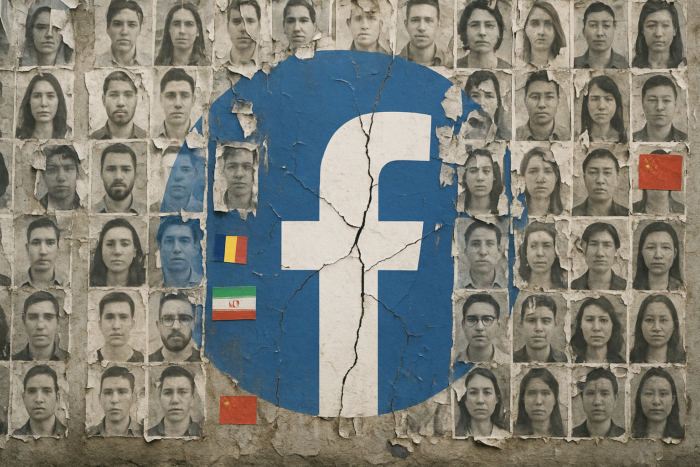The Australian Strategic Policy Institute (ASPI), an Australian think tank, is reporting on two decentralized Chinese state-linked networks seeking to influence discourse about Xinjiang across platforms, including Twitter and YouTube. According to the ASPI report:
December 2, 2021 This report analyses two Chinese state-linked networks seeking to influence discourse about Xinjiang across platforms including Twitter and YouTube. This activity targeted the Chinese-speaking diaspora as well as international audiences, sharing content in a variety of languages. Both networks attempted to shape international perceptions about Xinjiang, among other themes. Despite evidence to the contrary, the Chinese Communist Party (CCP) denies committing human rights abuses in the region and has mounted multifaceted and multiplatform information campaigns to deny accusations of forced labour, mass detention, surveillance, sterilisation, cultural erasure and alleged genocide in the region. Those efforts have included using Western social media platforms to both push back against and undermine media reports, research and Uyghurs’ testimony about Xinjiang, as well as to promote alternative narratives. In the datasets we examined, inauthentic and potentially automated accounts using a variety of image and video content shared content aimed at rebutting the evidence of human rights violations against the Uyghur population. Likewise, content was shared using fake Uyghur accounts and other shell accounts promoting video ‘testimonials’ from Uyghurs talking about their happy lives in China. Our analysis includes two datasets removed by Twitter. […] The networks showed indications of being linked by theme and tactics; however, neither achieved significant organic engagement on Twitter overall—although there was notable interaction with the accounts of CCP diplomats. There were signs of old accounts being repurposed, whether purchased or stolen, and little attempt to craft authentic personas. Twitter has attributed both datasets to the Chinese government, the latter dataset is specifically linked to a company called Changyu Culture, which is connected to the Xinjiang provincial government.
Read the full report here.
The GIOR was among the first publications to uncover a network of inauthentic social media accounts flooding YouTube with hundreds of Chinese propaganda videos whitewashing China’s human rights violations against the Muslim Uyghur population in Xinjiang and pushing the hashtag #StopXinjiangRumors. Several months after we published our findings, the New York Times published a major investigation into the same Chinese influence operation first covered by the GIOR.









